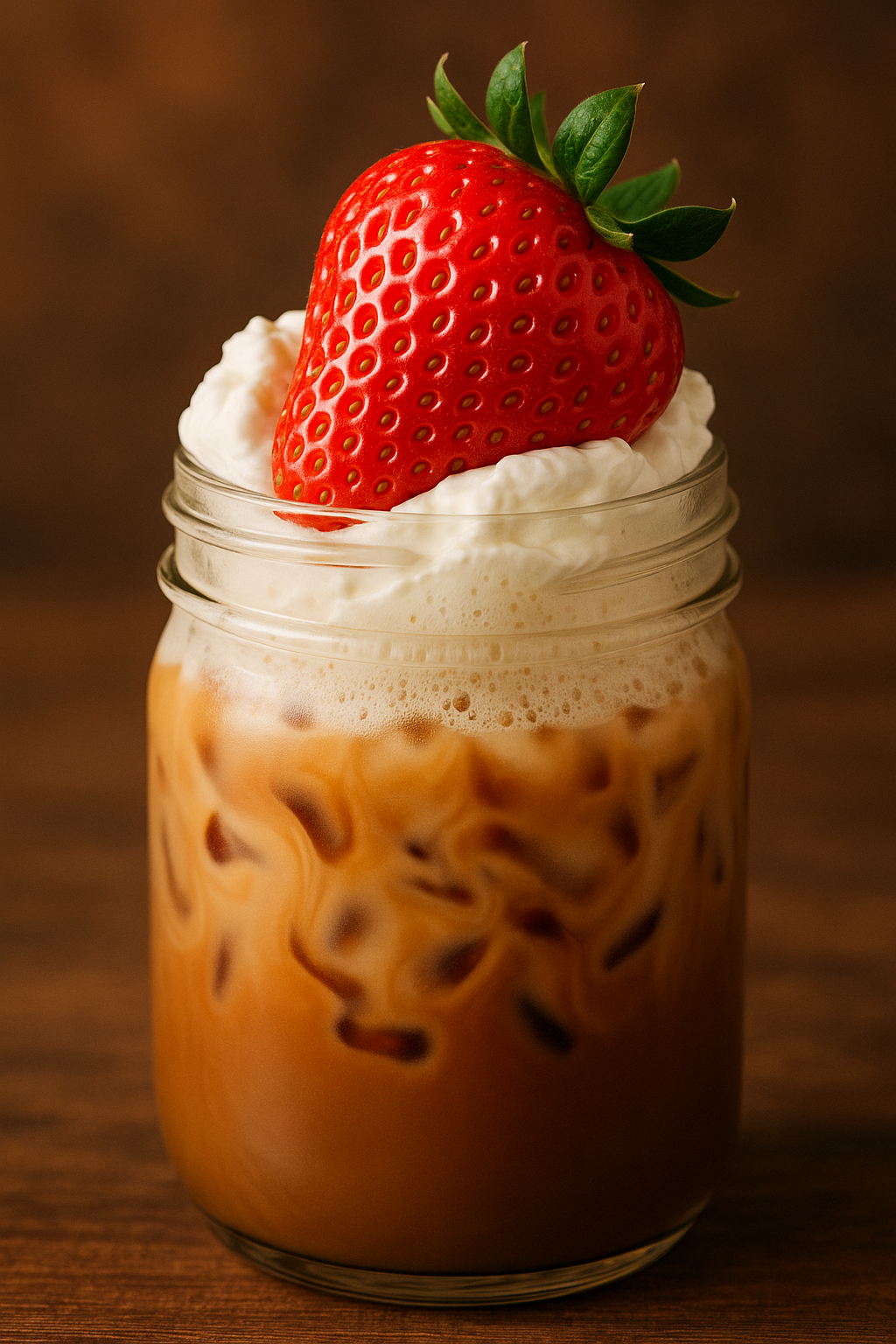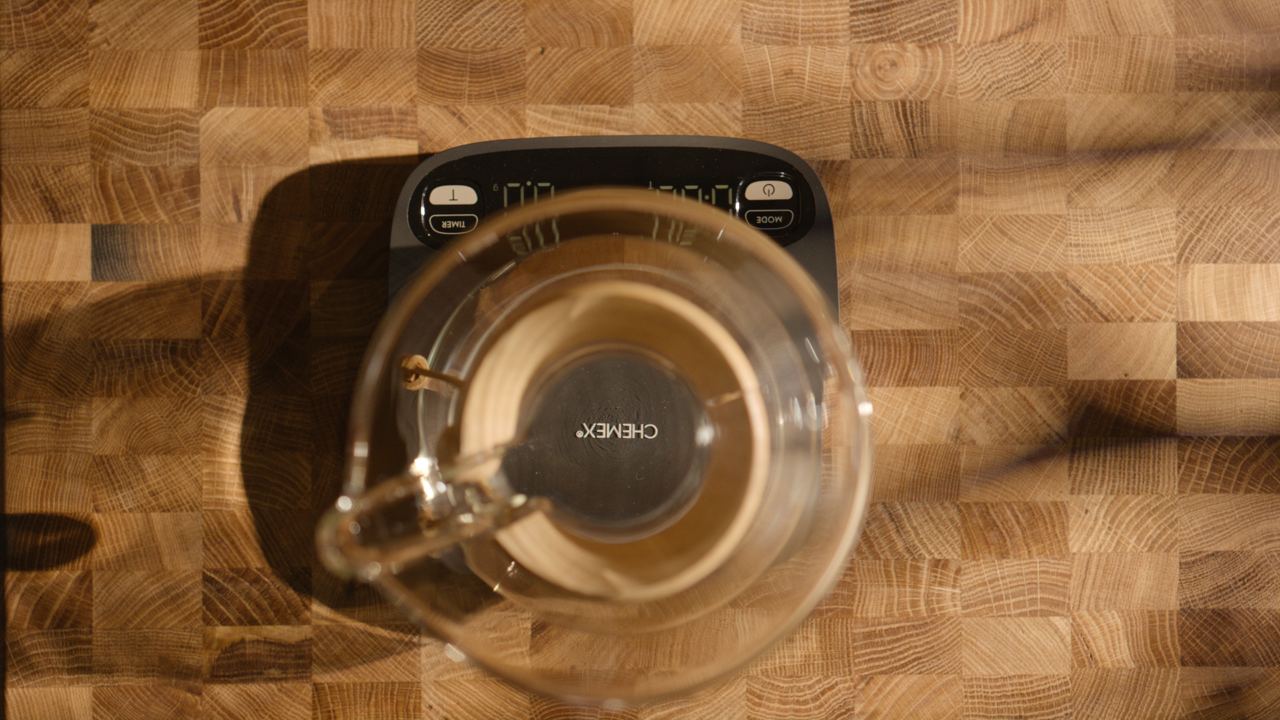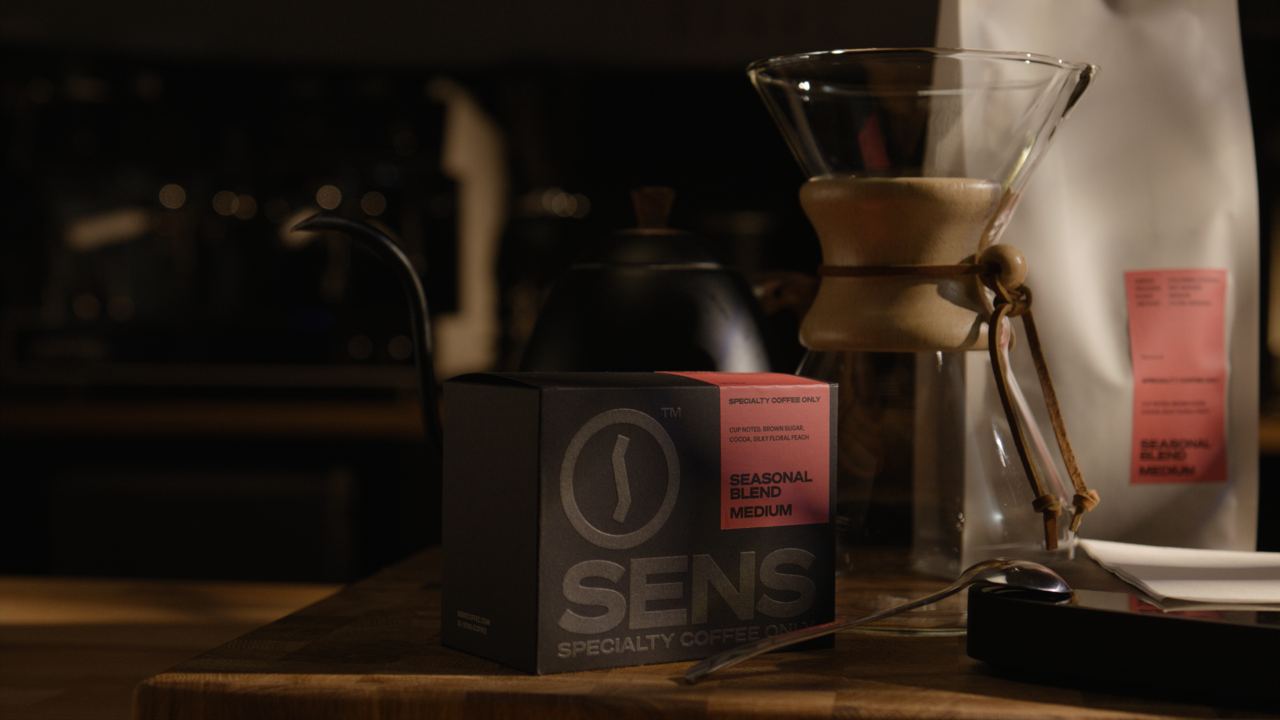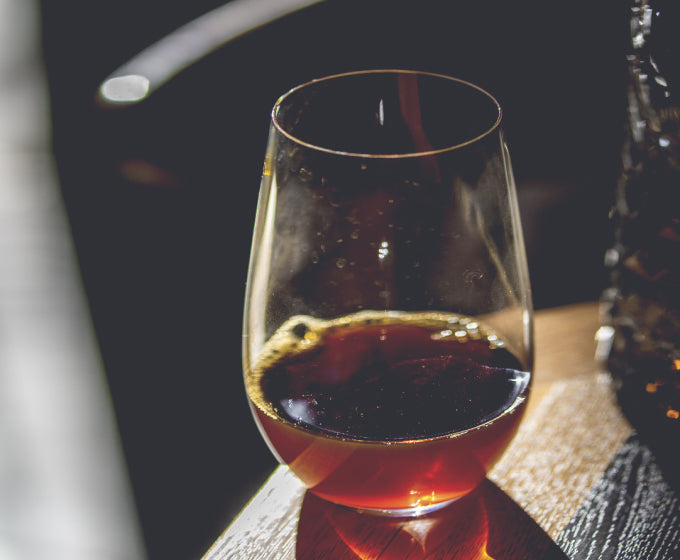January 6, 2025
A fascinating trend is emerging in the coffee world: large chains are shrinking their physical presence, while independent coffee shops are growing in both number and appeal. Major coffee chains are reducing costs by opening smaller locations focused on quick service. Meanwhile, independent coffee shops are thriving by offering a unique combination of personality, quality, and a welcoming atmosphere for those who enjoy sitting down with a cup of coffee and a pastry—often enticing customers to come back for more.
The specialty coffee shop market is projected to grow by $39.17 billion between 2022 and 2027, driven largely by independent coffee shop innovation. Many indie café owners dream of sharing their passion for coffee while creating a space for meaningful social connections. Despite challenges like rising costs and competition from big brands, independent coffee shop entrepreneurs are finding ways to succeed. Here, we celebrate the areas in the United States with the highest-rated independent coffee shops, as well as the shops customers love the most.
What We Did
Building on a previous study of highly rated independent restaurants, we collected data on the five-star ratings of non-chain coffee shops in the largest cities across the United States. We ranked the cities based on the weighted average of these ratings and identified the highest-rated independent coffee shops nationwide and in every state.
Key Findings
- Knoxville, Tennessee, is home to the highest-rated independent coffee shops in the U.S., with an average rating of 4.59.
- The Espresso Bar at Taos Valley Lodge in Taos, New Mexico, holds the title of the highest-rated independent coffee shop in the country with a 4.93 rating.
- New York City’s top-rated independent coffee shop is Frisson Espresso in Hell’s Kitchen, boasting a 4.76 rating.
- New Orleans has the highest density of independent coffee shops, with 52.18 per million people—the most of any major American city.
Knoxville: The Top City for Indie Coffee Shops
Our analysis revealed Knoxville, Tennessee, as the city with the highest-rated independent coffee shops. With an average rating of 4.59, Knoxville’s coffee culture is thriving. Coffee & Chocolate, a cozy café on Union Avenue, is a standout favorite. Known for its macarons, hand-painted chocolates, and aromatic ambiance, this café has won over locals and visitors alike. One reviewer raved, “The coffee is so good we went back twice in one morning. The chocolates are beautiful mini works of art.”
While Knoxville leads in quality, New Orleans stands out for quantity. With an impressive 52.18 independent coffee shops per million residents, New Orleans’ coffee culture has deep historical roots. Its proximity to coffee-producing regions in the Caribbean and South America has made it a hub for coffee imports since the late 1700s.
Texas also makes its mark with two coffee shops in the top ten nationwide: Iris Bagel and Coffee House in Arlington (4.86) and Estate Coffee Company in San Antonio (4.80). Regulars at Iris Bagel praise its friendly atmosphere and excellent coffee, with one reviewer noting, “This is an amazing gem in my neighborhood. The owner knows many people by name and genuinely cares about the community.”
California’s Best Indie Coffee Shop by the Beach
In California, Pacific Bean Coffee in San Diego takes the top spot with a 4.81 rating. This seaside café not only offers exceptional coffee but also a prime location for enjoying stunning sunsets. One reviewer shared their experience: “When we told the barista we came just for the sunset and coffee, she let us in after closing and made it special for us. Why settle for big business coffee when there are places like this?”
Keys to Independent Coffee Shop Success
According to Miranda Caldwell of The Coffee MBA, successful coffee shops are built on a combination of passion, community focus, and solid business practices. Here are three key strategies for indie café owners:
1. **Choose the Right Location**: Location is crucial. For a take-out-focused shop, proximity to commuter hubs or high-traffic areas is essential. Community-focused cafés may benefit from less expensive spaces in quieter neighborhoods, but pricing and branding should reflect the local market.
2. **Build Customer Loyalty**: Creating a space where people want to return is vital. Learn your customers’ preferences, offer loyalty programs, and foster a welcoming environment. Regular customers provide consistent revenue and help build a sense of community.
3. **Hire and Support Great Staff**: Staff are the heart of any café. Employees who share the owner’s passion and deliver excellent service can create memorable experiences for customers and turn occasional visitors into regulars.
Indie coffee shops are uniquely positioned to deliver personalized service, support local suppliers, and address ethical and environmental concerns. They also serve as vital “third spaces” where people can connect or enjoy the company of others in a welcoming environment—an experience that big chains often struggle to replicate.
Methodology
We analyzed the most populous cities in each state, sourcing publicly available Tripadvisor data for coffee shops. Chain establishments were excluded from the analysis. Five-star ratings were isolated to calculate the weighted average rating of independent coffee shops in each city. Data collection was completed in October 2024.






